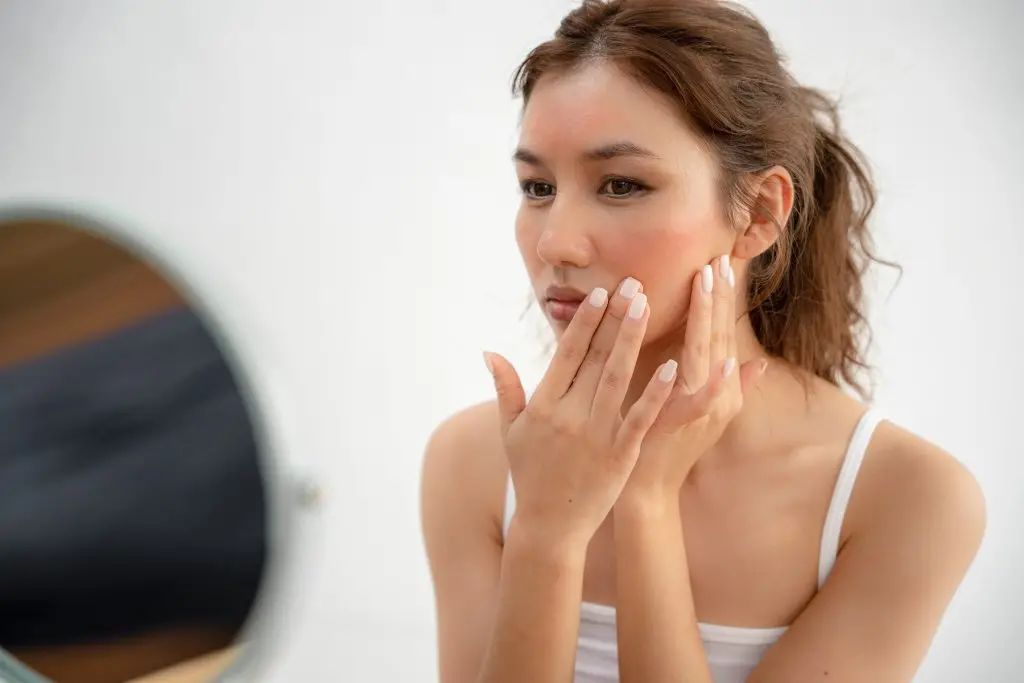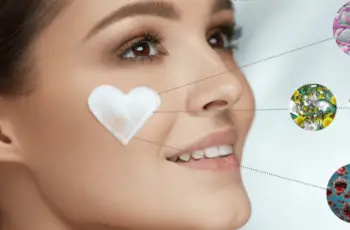
How to Take Care of Your Skin After a Day in the Sun
Spending a day in the sun can be one of life’s simple pleasures—whether you’re lounging on a beach, exploring a city, enjoying a hike, or simply relaxing in your backyard. The warm rays of the sun can feel comforting, energizing, and uplifting. But, as most of us know, prolonged exposure to the sun—especially without the right protection—can take a toll on our skin.
While reaching for a bottle of after-sun lotion might be second nature when you’re on vacation, many people forget or skip post-sun skincare once they’re back in the rhythm of everyday life. The truth is, whether you’re in the tropics or just enjoying a sunny afternoon at home, UV radiation affects your skin in the same way. That means post-sun care is always essential. Here’s a thorough guide to nurturing your skin after a full day in the sun—even if you used sunscreen throughout.
1. Start With a Cool Shower
One of the most immediate and refreshing ways to begin your skin’s recovery process after sun exposure is to take a shower. This simple step is often overlooked, but it plays a vital role in removing layers of sunscreen, sweat, bacteria, environmental pollutants, and other impurities that have built up on your skin throughout the day.
However, it’s important to be gentle with your skin, especially if you notice any signs of sunburn—such as redness, sensitivity, or tightness. While a cold shower might seem like a quick fix to soothe the heat radiating from your skin, it can actually cause more harm than good if your skin is already irritated. Ice-cold water can shock sunburned skin and intensify discomfort, so opt instead for cool or lukewarm water.
You can also consider soaking in a cool bath with added soothing ingredients like colloidal oatmeal, baking soda, or a splash of apple cider vinegar to help calm inflammation and reduce itching. Avoid using harsh soaps or body washes that strip the skin of its natural oils. Instead, reach for fragrance-free, gentle cleansers that hydrate while they clean. Pat your skin dry afterward—never rub—and follow immediately with a moisturizer to lock in hydration.
2. Moisturize, Moisturize, Moisturize
Hydration is key after any amount of sun exposure. The sun’s rays, particularly UVB rays, can dry out your skin by depleting it of natural oils and water. Replenishing that moisture is crucial to support your skin’s natural repair processes and to prevent dryness, peeling, or even premature signs of aging.
You might not be on holiday, but that doesn’t mean you can’t treat your skin with the same level of care. If you have an after-sun lotion on hand, especially those that contain ingredients like aloe vera, glycerin, hyaluronic acid, or panthenol (vitamin B5), use it liberally. These ingredients are known for their soothing and hydrating properties and can provide instant relief to stressed skin.
If you’d prefer not to use a specialized after-sun product, a lightweight, non-comedogenic moisturizer will work just as well. The key is to avoid heavy, occlusive creams—especially if your skin still feels warm. Thick formulations can trap heat within the skin, exacerbating inflammation and prolonging discomfort. Look for water-based or gel-like textures that absorb quickly, provide a cooling effect, and deliver deep hydration.
Be sure to reapply your moisturizer at least twice a day following significant sun exposure and continue this routine for several days to support skin regeneration.
3. Exfoliate—But Only If It’s Safe
Exfoliation is a crucial part of any skincare routine, as it helps to slough away dead skin cells and unclog pores. However, it requires caution when done after sun exposure.
First and foremost: if you have visible sunburn or your skin feels tender, itchy, or sensitive to the touch, do not exfoliate. At this stage, your skin barrier is compromised, and exfoliating—especially with physical scrubs—could damage it further. This could lead to inflammation, irritation, or even long-term consequences like hyperpigmentation or accelerated aging.
However, if you managed to stay sun-safe and your skin is neither burned nor overly sensitive, a gentle exfoliation can be beneficial. Using a mild chemical exfoliant like lactic acid or a soft physical scrub with ingredients such as finely milled rice powder or activated charcoal can help remove sunscreen buildup, excess oil, and debris that may have accumulated in your pores.
Exfoliating can also enhance your skin’s ability to absorb moisturizers and serums more effectively, helping you maintain that healthy, sun-kissed glow for longer. But remember: moderation is key. Limit exfoliation to once or twice a week after sun exposure and always follow up with a nourishing, barrier-repairing moisturizer.
4. Hydrate From the Inside Out
Skin hydration isn’t just about what you put on your skin—it also has a lot to do with what you put in your body. Spending time in the sun, especially if you’re sweating a lot or engaging in physical activity, causes your body to lose water. Dehydration not only affects your energy levels and overall well-being but can also directly impact the health and appearance of your skin.
After a day in the sun, be intentional about rehydrating your body. Aim to drink at least 8 to 10 glasses of water throughout the rest of the day. If you’ve been particularly active, consider beverages with added electrolytes to help restore the body’s salt and mineral balance.
Dehydrated skin can appear dull, tight, flaky, and aged. It might even feel more sensitive than usual. By replenishing lost fluids, you’ll help your skin stay plump, resilient, and radiant.
In addition to water, eating hydrating foods like cucumbers, watermelon, oranges, and strawberries can provide your body with both hydration and skin-boosting nutrients like antioxidants and vitamins A, C, and E.
5. Use a Hydrating Face Mask or Serum
To supercharge your skin’s recovery after sun exposure, consider incorporating a hydrating face mask or serum into your routine—especially before bed, when your skin enters its natural regeneration cycle.
Sheet masks, in particular, are a fast and effective way to deliver an intensive dose of active ingredients directly into the skin. Look for masks or serums containing ingredients like marine extracts, hyaluronic acid, niacinamide, green tea extract, or chamomile. These help calm inflammation, deliver antioxidants, and reinforce your skin’s protective barrier.
Products like a marine moisture mask—rich in deep-sea minerals and algae—are excellent for repairing sun-stressed skin. They provide a surge of hydration, help combat the damaging effects of free radicals (which increase after UV exposure), and may even reduce the appearance of fine lines and wrinkles that sun damage can worsen over time.
Apply your chosen treatment in the evening after cleansing and follow up with your moisturizer to seal in all the beneficial ingredients.
6. Don’t Forget Your Lips and Scalp
When we think of sun care and post-sun recovery, the skin on our body and face usually gets all the attention. But two often-neglected areas are the lips and scalp, which are also vulnerable to UV damage.
Lips have thin, delicate skin and no natural oil glands, making them particularly prone to dryness, chapping, and burning. After sun exposure, apply a lip balm with soothing ingredients like shea butter, beeswax, or aloe vera. Avoid any products with menthol or fragrances, which can further irritate sensitive skin.
As for your scalp, even if it’s covered by hair, it’s still at risk—especially around the hairline or in areas where hair is thinning. If you notice redness or peeling on your scalp, use a gentle, hydrating shampoo and follow with a nourishing conditioner or scalp treatment. Avoid using hot styling tools or harsh hair products until your scalp feels normal again.
Conclusion: Healthy Habits for Radiant Skin
Whether you’re soaking up the sun on a beach holiday or just enjoying a sunny Saturday in your backyard, caring for your skin before, during, and after sun exposure is essential. Sunscreen is your first defense, but your post-sun routine is what helps your skin recover and thrive.
Taking a cool shower, moisturizing thoughtfully, avoiding exfoliation when burned, drinking plenty of water, applying hydrating treatments, and paying attention to your lips and scalp can make a massive difference in how your skin looks and feels after time in the sun. With a little extra effort and the right products, you can maintain a healthy, glowing complexion all year round—wherever the sun may find you.


